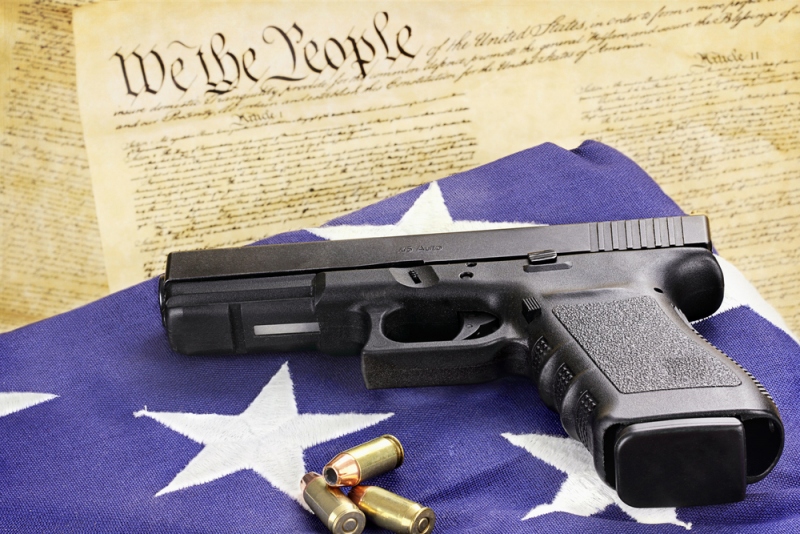As the House of Representatives and the Senate continue the debate over gun control and reform, mass shootings keep occurring. Several of these shootings have occured in schools, which are meant to be locations where kids feel safe. While there are valid arguments on both sides of the gun control debate, political leaders need to address the issue of school safety in a non-partisan manner. At the same time, school districts and school boards need to review their policies and practices on safety and update these to include the current state of security and deal with the issues in a proactive and preemptive manner.

Some school districts have started changing the approach toward school security by creating barriers against such armed violence. The methods include installing metal detectors, blocking classrooms, installing surveillance systems, and training school personnel on how to react to an armed aggression. Other options for school security include the use of enterprise-level security, risk management, and business intelligence to combat possible threats using technology and military grade intelligence as a way to identify a threat and stop it before it happens. Although these options may provide a great level of defense, the high cost of implementation of this technology may discourage smaller school districts with limited budgets.
Another approach to the debate over school security has been the manifestations of students in the United States. Students have united and organized a nationwide walk-out from school to remember the victims of mass shootings and to pressure legislators to review laws and implement stricter gun control mechanisms. As a countermeasure, the president of the United States proposed the idea of adults in schools to carry guns. Additionally, many have called for stricter background checks and an increase in control regarding those with mental illnesses.
Some states have adapted measurements such as the Marjory Stoneman Douglas High School Public Safety Act, which was signed into law by Florida Governor Rick Scott. The idea behind the bill is to finance schools to cover areas of mental health, gun control, and raising the age for porting a firearm. Although the bill was passed, it will face legal hurdles as some of the details of the bill would be deemed unconstitutional, specifically violating rights protected by the Second Amendment. Some opponents of the bill argue that these measures may lead to more violence because students will be treated as aggressors, thus ignoring the emotional state of adolescents. Many observers state that schools are a place where children learn, make friends, and share belongings. However, there are more cases of humiliation, bullying, and isolation, thus requiring a different type of intervention as a mechanism to prevent the school violence problem.
Much of the violent behavior is found within interpersonal relationships in the school setting. However, the problem is magnified when conflicts and respective solutions are presented through exercising authority such as punishment and other means. These actions are leading to tension building in the classroom, which many teachers fail to understand how to resolve. To solve this problem, many schools have implemented education and training programs geared toward students with the goal of raising awareness in areas like inclusion. Furthermore, teachers and school officials are learning how to identify high-risk behavior and how to intervene before an aggression occurs.
Regardless of the multiple efforts on many different fronts, the debate is not close to concluding. There is not a singular proposal that solves the issue, and some experts believe that Americans, as a society, should be asking themselves deeper questions regarding school, bullying, and gun control. What is clear is that for the first time, students are leading the charge by pushing their agenda, taking aim, and pressuring lawmakers to take action about the escalating violence.


